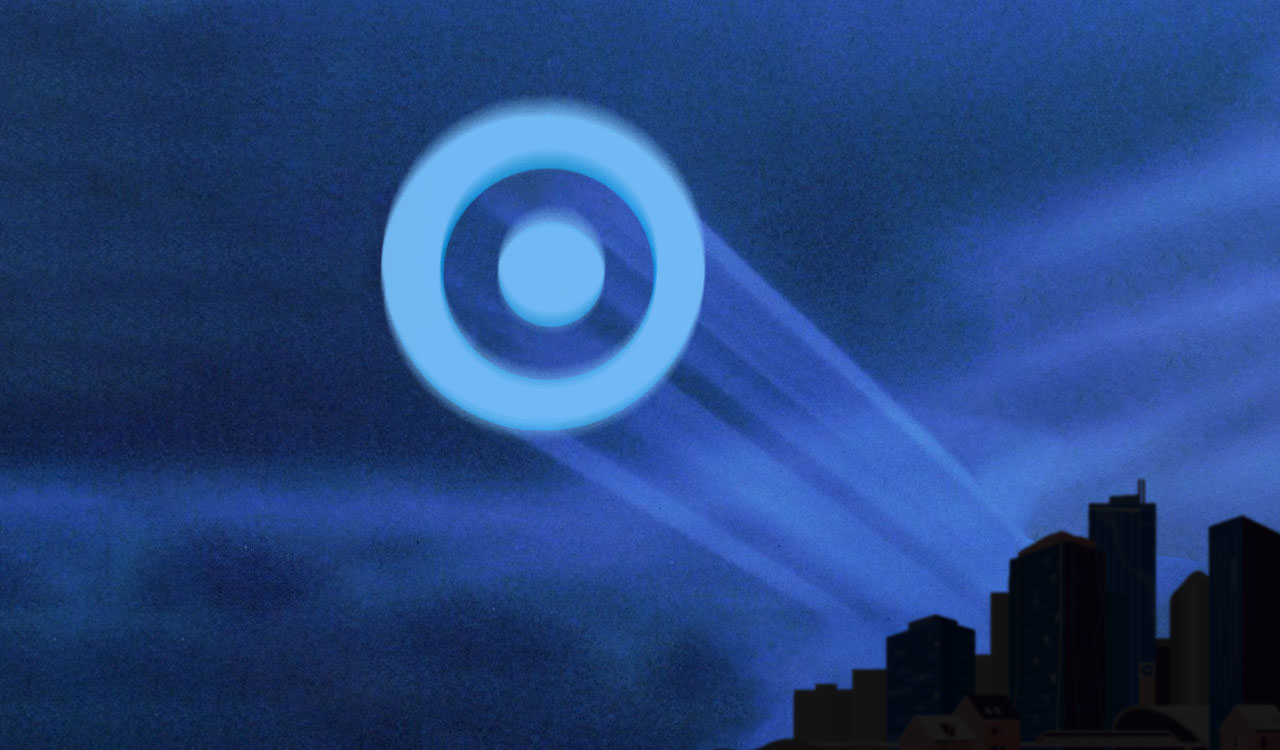The ironies that keep popping up at Amazon, post-Jeff Bezos’ departure as CEO, are truly astounding. And the one that stands out most is Amazon’s closing of all 66 Amazon Books in the U.S. and two in the United Kingdom.
A Vision Lost?
No one would argue that Bezos is a genius. Great entrepreneurs usually are (or they simply come up with a gee-whiz commonsense idea that nobody else had thought of). The only flaw in his greatness, as I have said before, is that he should have departed earlier before Amazon failed in its attempts at rolling out one physical store after another. Or even better, not opening any stores at all and losing billions of dollars for years. He would have avoided the costs of testing the waters in different categories. Amazon stores were doomed from the start in my opinion because Bezos had no one in his senior ranks who had any meaningful legacy retail experience. In short, Amazon is a technology driven distribution platform, not a physical retailer.
Amazon stores were doomed from the start in my opinion because Bezos had no one in his senior ranks who had any meaningful legacy retail experience. In short, Amazon is a technology driven distribution platform, not a physical retailer.
But now we have Andy Jassy who came to the CEO office via Amazon Web Services. I do believe he will trigger new avenues of growth. And, having tested all those waters, if opening more Style stores is a real revenue goal, he would be well-advised to find a successful executive from the “know how to do it” world of legacy retailing. But I digress.
One Big Irony
Let’s take a step back. Amazon Books. Are you kidding me? Think about it. Bezos builds the biggest bookstore in the world online in what might be described as “at the speed of light.” Amazon was crushing local bookstores and even the whales. I wrote about the fate of Borders and Barnes & Noble 12 years ago. Borders Today, Barnes & Noble Tomorrow My takeaway was the power and scale of Amazon, essentially flipping book lovers into a new digital world of instant gratification without ever leaving home. My point was that the old-world bookstores were heading into the dustbin of history, unless they offered book lovers something they could not get on Amazon.
So, let’s go back to 1995 when Amazon opened their first physical store in Seattle. There was a lot of head scratching among the pundits. After turning the book selling industry on its head and proceeding in no short order to wipe out the entire physical bookstore market, why would Amazon want or even need a presence in that channel?
At the time, I thought they were going to use their brilliance to strategically create a model that would be full of experiential delights for book lovers, compelling enough that consumers would flock to Amazon Books for special incentives, just as the fanatics do at Apple stores (personal engagement and a learning experience with the colorful T-shirt outfitted geniuses). An equivalent Amazon model integrated with online sales would have opened a new channel for growth.
But that didn’t happen.
And I totally believed they would use their technological superiority to gather data down to the local level of each of their stores to curate them with consumer preferences for books within a neighborhood trading area. The data could also guide their online business.
That didn’t happen either.
Now an Even Bigger Irony
Amazon Books are closed, and Barnes & Noble is being resurrected. The Brits are coming.
In 2019, UK hedge fund, Elliott Advisors acquired the ailing Barnes & Noble and its 627 stores for $683 million (down from its peak of 726 stores in 2008). At the time, experts were predicting ultimate failure for B&N. But not so fast. Elliott Advisors appointed James Daunt as CEO. Daunt, not a household name over here, had established an independent bookstore chain in London in 1990. In 2011 he was appointed to rejuvenate UK bookseller Waterstones. He did the job and by 2016 the company began to turn a profit.
Daunt was a former banker. So, while not deeply experienced in the bookstore business, his financial acumen was made apparent in the success he had with his own chain, and then turning Waterstone’s business around.
So, what’s Daunt going to do to reposition B&N? An article in Forbes gives us a peek into his early days. Financially he knew what had to be done to costs. He cut in half the number of B&N head office staff and fired 5,000 employees.
When the pandemic hit, Daunt told store managers to take every book off their shelves to “weed out the rubbish” as he put it. He put the store managers in control of inventories that would appeal to their local customers, refurbish stores, reorganize layouts, and reassess stock. According to the article, this overhaul is a strategy that he had deployed many times over the previous decade. Daunt said of the strategy, “One of the advantages of going bust is all of that complacency, that God-given right to exist, is finally punctured.”
Is It Sustainable?
One measure of his turnaround leadership is that B&N opened 16 new bookstores in 2022 and has plans to open another 30 in 2023. And how is this for irony: some of those new stores are in locations abandoned last year by Amazon Books. His plan seems to be working. According to Axios, “for the final full year prior to acquisition, B&N reported $108 million in EBITDA on a $125 million net loss and around $3.6 billion in revenue. A source close to the situation says the bottom line is significantly stronger today than it was then.”
Daunt is also planning smaller footprints. Hey, have you heard about small store strategies somewhere else? Full disclosure: from me. But beyond going local in smaller, more personable stores, there’s some advice I’d like to give him that is as true today as it was in 2011 when I deconstructed Barnes & Noble’s imminent threat from Amazon.
There is absolutely no reason for anyone to go to a bookstore today unless they are assured a compelling experience. The only way Barnes & Noble can avoid a Borders-like implosion is by offering a Starbuck’s café, book signings, education of some sort (how about how to write a novel), or other experiences that will cause the consumer to make an effort to visit. Nobody can survive the disastrous fate that “just selling stuff” assures, even on the internet. Because the exact same stuff, even new stuff, can be found and acquired instantaneously, anywhere, anytime, and for a lower price.Apple does not sell stuff, not even computers. They sell a highly experiential education first, and then it just so happens that they have the most innovative, beautifully designed, and cool digital devices in the world. And guess what, nobody even cares about the price. And guess what else, Apple is the fastest growing, most productive retailer in the entire history of global retailing.
What’s the Point?
I’ve been on this track for years. The customer is in charge and all generations of consumers want a reason to go to a store. If you’re a big box, it’s to solve a problem, for the value and the bonus of finding something as a personal reward. If you’re off-price, it’s the thrill of discovering a find. If you’re a department store, it’s the promise of the predictable at affordable price points. If it’s fast fashion , it’s the confidence that you will look like you know what you are doing trend-wise. If it’s a digital native gone physical, it’s allegiance to a tribe. If it’s a specialty store, it’s for a trusted curation. And if you’re a bookstore, it’s the potential of getting smarter, educating your children, escaping into a great story, and meeting like-minded friends in an environment that makes you feel good.
Whatever your model, if you just think of yourself as a retailer, and your place of business as a store or website, your offerings as transactions, and your pricing is only competitively valued, you will most certainly die.




